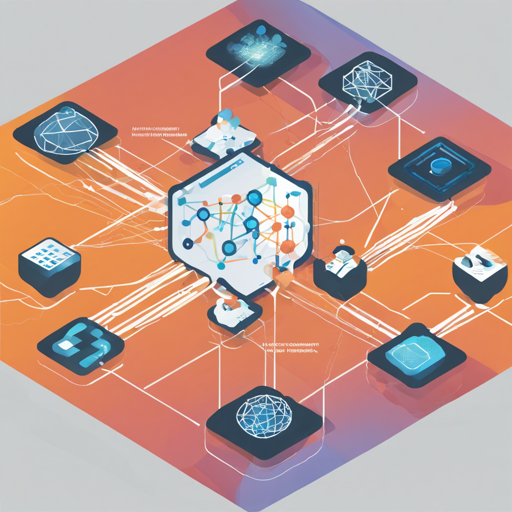The Distributed Data Framework (DDF) is an open-source, modular integration framework designed to facilitate flexible data integration. In this guide, we’ll walk you through the essential steps for building and running DDF, while also providing troubleshooting tips to ensure a smooth development journey.
Key Features of DDF
- Standardization: Leverage open-source software and standards to prevent vendor lock-in.
- Extensibility: Extend capabilities by creating and sharing new features.
- Flexibility: Deploy only the features you need.
- Security: Comprehensive security features integrated throughout the system.
- Simplicity: Easy installation and operation.
- Development Simplicity: Create simple Java objects and integrate them with various dependency frameworks.
Building DDF from Source
To build DDF, you’ll need a few prerequisites and follow some simple steps:
Step 1: Install Required Software
- Install OpenJDK 11.
- Ensure your JAVA_HOME environment variable points to the JDK location, and your PATH includes
%JAVA_HOME%/bin(Windows) or$JAVA_HOME/bin(*NIX). - Install Maven 3.6.3 or later, and ensure your PATH includes the
MVN_HOME/bindirectory. - Set the MAVEN_OPTS variable with appropriate memory settings.
Step 2: Clone DDF Repositories
Clone the necessary repositories using:
git clone git@github.com:codice/ddf.git
git clone git@github.com:codice/ddf-support.git (Optional)Step 3: Build DDF
Change to the root directory of the cloned DDF repository and run:
mvn installThis will compile DDF and run all necessary tests. Once completed, the distribution will be found under distribution/ddf/target.
Running DDF
To run DDF properly, follow these steps:
- Start SolrCloud based on the README provided in
ddf_repo_src/distribution/docker/solrcloud. - Unzip the DDF distribution.
- Run the executable found in
distribution_home/bin/ddf.batordistribution_home/bin/ddf.
Troubleshooting Tips
If you encounter any issues during the building or running process, consider the following troubleshooting steps:
- If the build fails due to formatting issues, run the formatter command:
This will fix the formatting issues preventing a successful build.mvn fmt:format - Ensure that your environment variables are set correctly; incorrect paths can lead to build errors.
- If you face issues related to dependencies, verify that you have a stable internet connection, as Maven needs to download various libraries.
- For more insights, updates, or to collaborate on AI development projects, stay connected with fxis.ai.
Conclusion
By following these steps, you can successfully build and run the Distributed Data Framework—unlocking the potential of flexible data integration for your applications. DDF simplifies the development process while providing powerful features for integration and security.
At fxis.ai, we believe that such advancements are crucial for the future of AI, as they enable more comprehensive and effective solutions. Our team is continually exploring new methodologies to push the envelope in artificial intelligence, ensuring that our clients benefit from the latest technological innovations.

